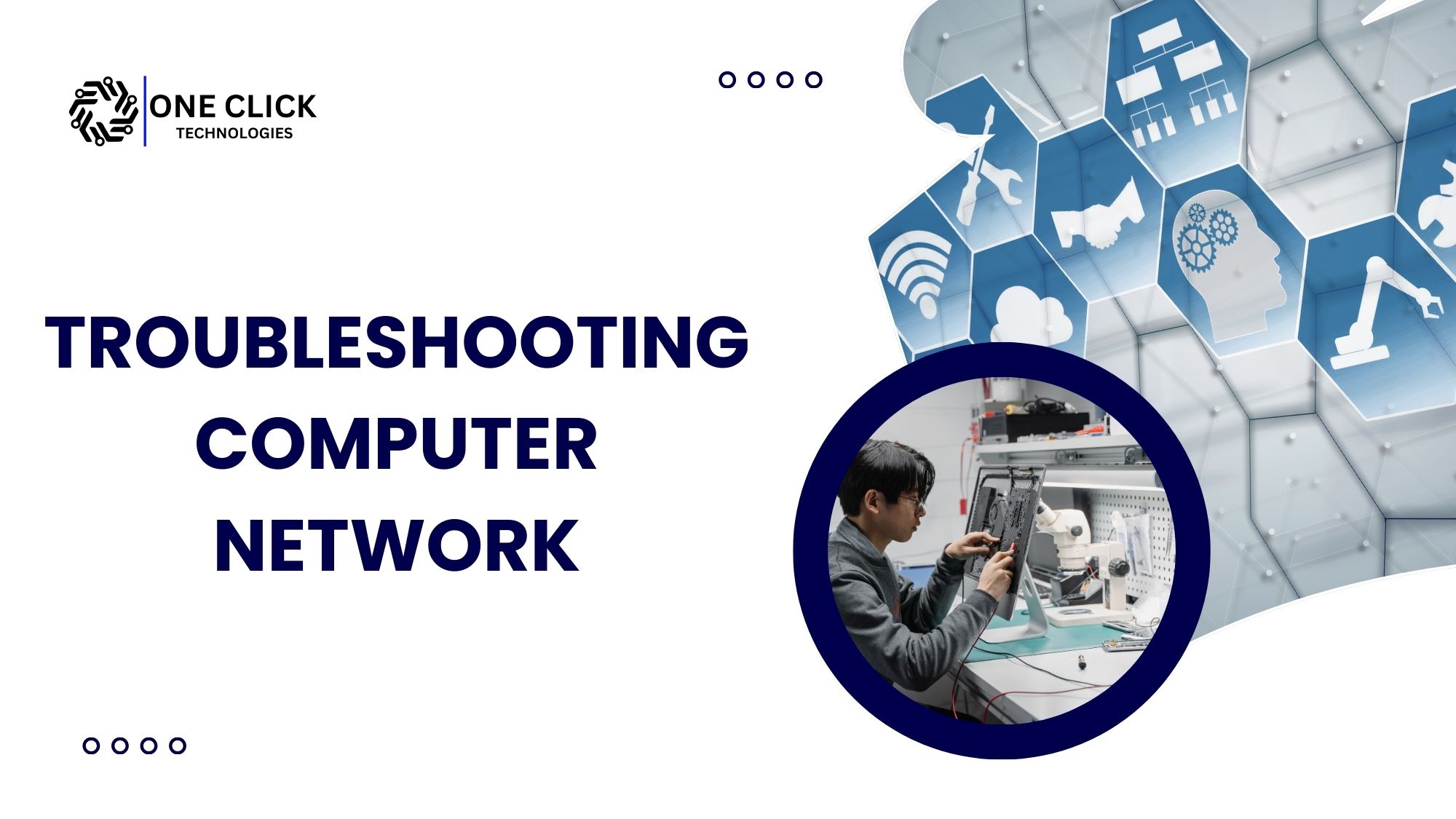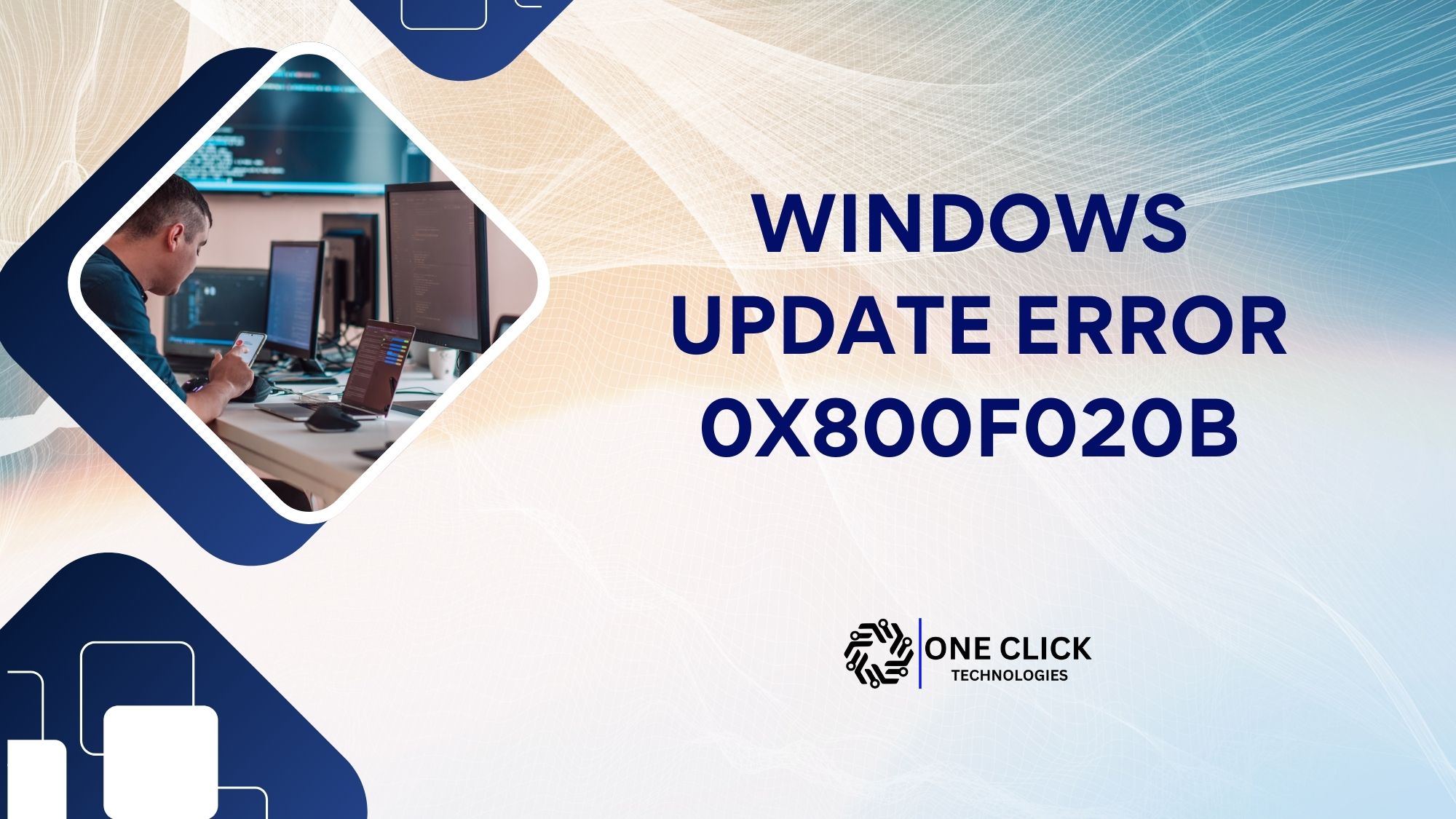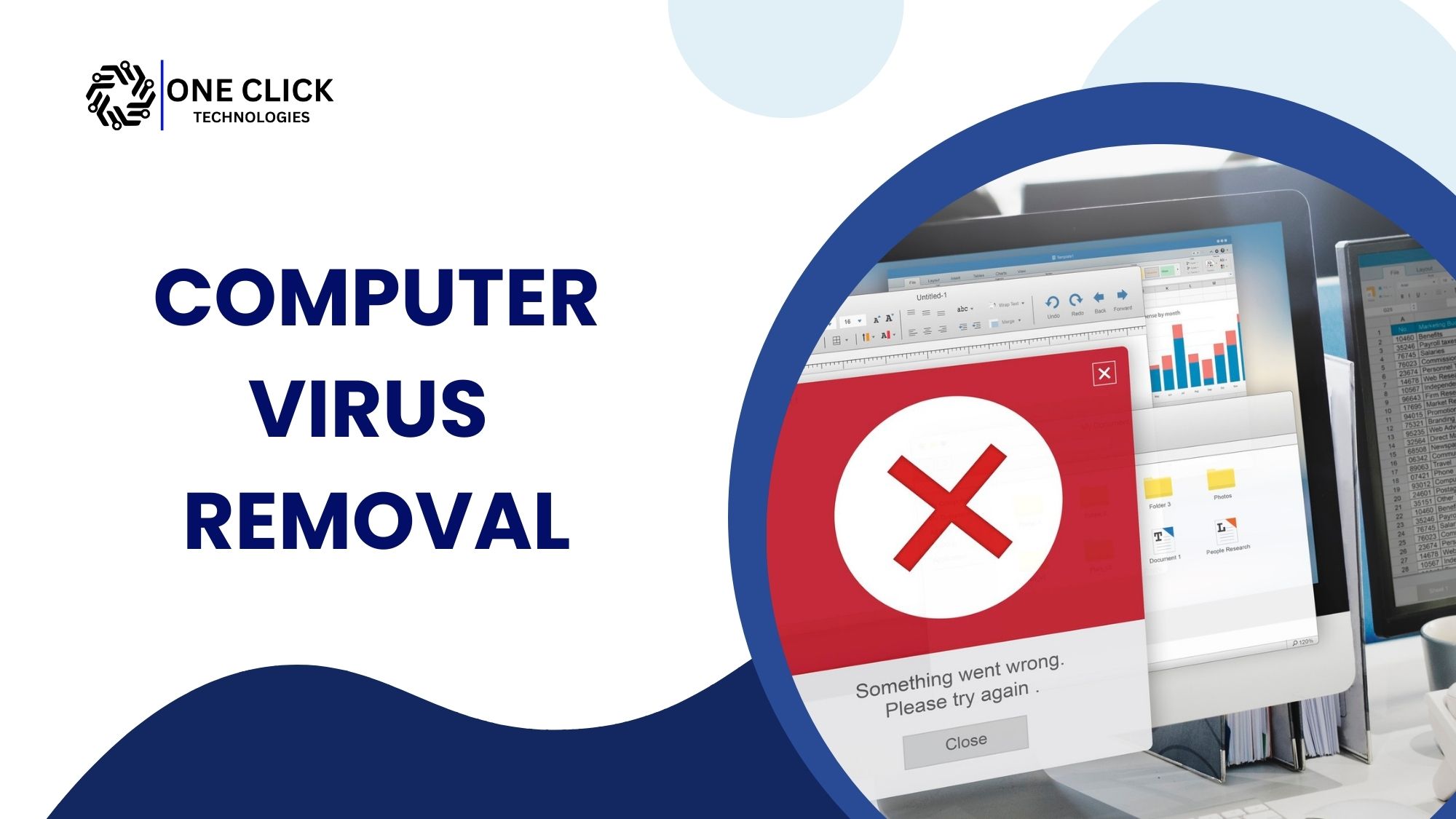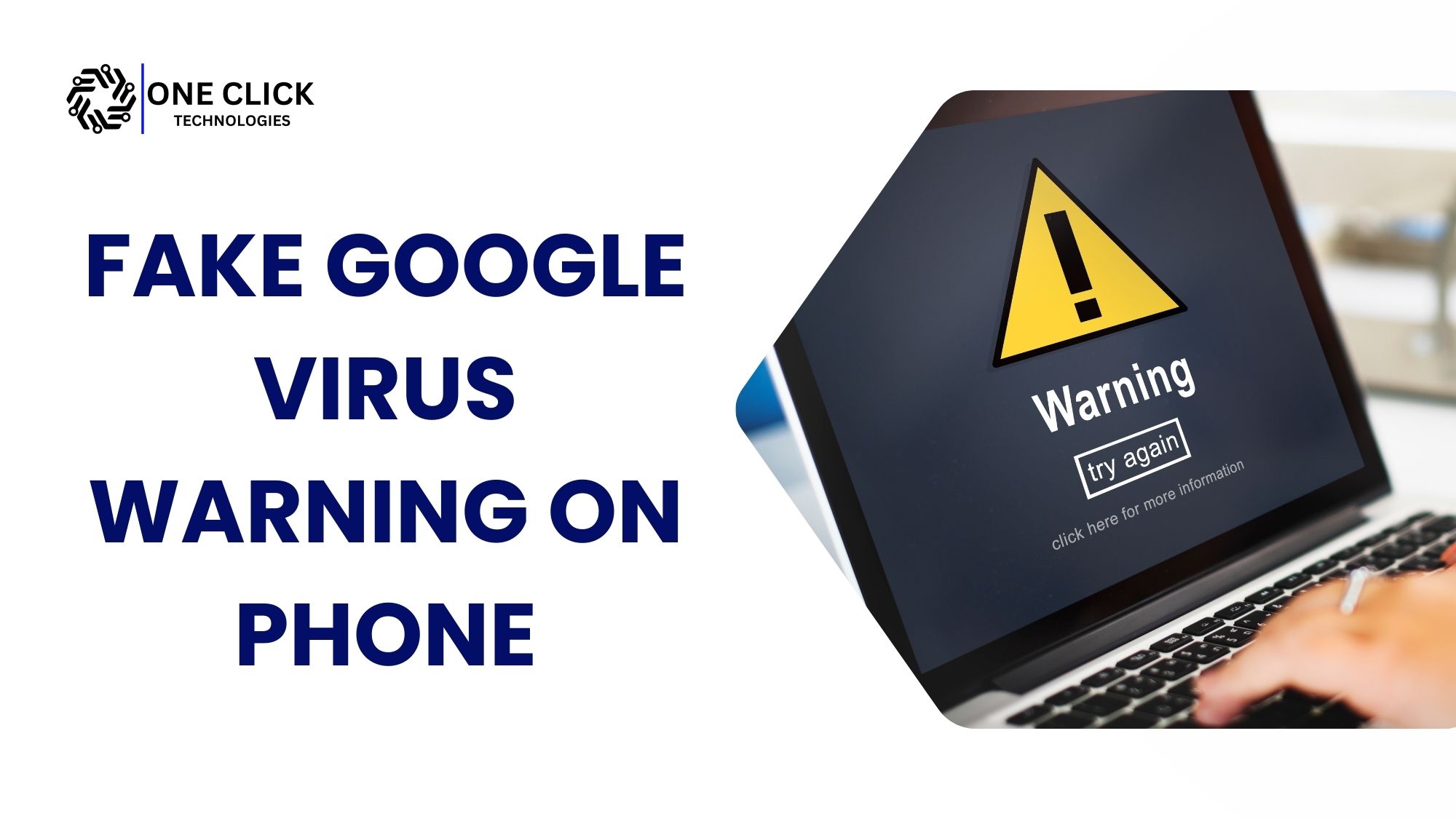Table of Contents
Struggling to connect to the internet or facing slow-loading pages? You’re not alone. One of the most common tech complaints today is poor or broken connectivity, and understanding how to start troubleshooting computer network problems at home can save you time, stress, and even money. Whether you’re using a wired or wireless network, these simple yet powerful strategies will help you identify and troubleshoot network issues without needing to be an IT expert.
This guide is tailored for everyday users looking to fix their network connectivity problems quickly and confidently. From basic diagnostics to clever resets, we’ll walk you through the network troubleshooting steps that really work.
Why Computer Network Problems Happen
Before jumping into solutions, let’s explore the common causes of network issues. A home computer network is made up of various network components routers, modems, devices, and cables, all working together. When one part underperforms or disconnects, it can affect your entire system.
Here are a few reasons why network problems occur:
- Overloaded network bandwidth (too many users streaming or downloading)
- Misconfigured network settings
- Faulty hardware or network equipment
- IP address conflicts
- Signal interference in wi-fi networks
- Software issues, such as firewalls blocking data
- Temporary network outages from your provider
Knowing the common causes of network slowdowns helps you apply the right solution. This foundation also makes your future troubleshooting efforts more effective.
Read: How to Troubleshoot Slow Internet Speeds at Home
Network Problems vs. Quick Fixes
| Network Problem | Possible Cause | Quick Fix |
|---|---|---|
| Can’t connect to the internet | IP conflict or DHCP issue | Refresh the IP address or reboot the router |
| Internet is very slow | Bandwidth overload or interference | Restart router; check for connected devices |
| Only one device can’t connect | Local configuration or software issue | Use the built-in troubleshooter on the device |
| Wi-Fi disconnects often | Weak signal or outdated firmware | Update router firmware or change Wi-Fi channel |
| Pages are not loading despite the connection | DNS or firewall block | Flush DNS or disable the third-party firewall temporarily |
| Smart devices randomly go offline | Router compatibility or range limitations | Move devices closer or update router settings |
| Error: IP address conflict | Two devices sharing the same IP | Renew IP or reserve static IPs via router settings |
Use this table to quickly identify and troubleshoot network problems without having to guess. These are real-world issues many households face, and the listed fixes are safe for non-tech users.
Hack 1: Restart Your Router and Modem
It may sound too simple, but restarting is often the most powerful step in any troubleshooting process. Routers and modems are small computers themselves, they benefit from a quick reset just like any other tech device.
Why it works:
When your device connects to the network, it goes through a series of automated steps that sometimes get stuck or delayed. Restarting helps flush temporary memory, resolve background conflicts, and improve network performance instantly.
How to do it:
- Unplug both your modem and router.
- Wait 30 seconds to 1 minute.
- Plug the modem back in and wait until it fully reconnects.
- Then plug the router back in and let it reboot.
This basic yet essential routine can fix many connectivity issues and restore your network connection to full strength.
Read: Resolve Windows 10 Update Issues Instantly with This Troubleshooter Guide
Hack 2: Check All Cables and Connections
Loose or damaged cables are an overlooked but common network issue, especially in households with pets, kids, or frequent cleaning.
What to look for:
- Ethernet cables that are frayed or kinked
- Modem or router plugs that are not fully inserted
- Wall sockets that have been switched off or reset
Gently unplug and replug cables. Even if they look fine, a fresh connection can fix intermittent issues. For wireless setups, verify that no one has accidentally disconnected the power to your router.
This is one of the simplest forms of basic network troubleshooting you can do without tools or tech knowledge.
Frustrated with constant network issues at home? OneClick Technologies breaks down simple DIY steps to troubleshoot your computer’s network problems, even if you’re not tech-savvy. These tips could save you time, money, and stress.
👉 “Still stuck? Chat with a OneClick expert now – we’ll get you back online in minutes.”
Hack 3: Identify the Problem Device
Not every network problem is system-wide. If only one device is acting up, the issue may be local.
Here’s how to narrow it down:
- Test the connection on a second or third device.
- If they work fine, focus your troubleshooting on the problematic machine.
- Restart that device, check its network settings, or run its built-in diagnostics.
By eliminating multiple variables, you take the guesswork out of the troubleshooting process.
Hack 4: Run an IP Address Refresh
Every device on your network has an IP address, its identity in the digital world. When two devices try to use the same IP or one fails to renew its address, it can cause frustrating connectivity problems.
Refreshing your IP address helps to:
- Fix network congestion due to address conflicts
- Reconnect to the router with a fresh identity
- Clear up slow browsing or DNS errors
Refreshing is a quick and effective network troubleshooting action that solves problems that may not be visible on the surface.
Hack 5: Use the Built-In Troubleshooter
Operating systems today come equipped with helpful network troubleshooting tools. They’re not perfect, but they can identify and troubleshoot network misconfigurations without requiring you to be an expert.
Why it helps:
- It detects disabled network interfaces
- It finds basic network configuration problems
- It can auto-correct DNS and gateway settings
Using this tool is a smart, fast, and safe way to start fixing network performance issues.
Hack 6: Update Your Network Drivers
Drivers are small software files that allow your hardware (like your network adapter) to communicate with your system. If they’re out of date, your network connectivity may be impaired.
Symptoms of outdated drivers include:
- Random disconnections
- Inability to connect to certain networks
- Sudden drops in network speed
Updating them ensures your system can handle the latest network protocols and operate reliably.
Read: How To Install Device Drivers on Windows 10? Step-by-Step Guide
Hack 7: Use Network Monitoring Tools
Sometimes, you need visibility into what’s happening behind the scenes. Network monitoring tools let you see how your network is functioning in real-time.
These tools help you:
- Monitor how much network traffic is flowing
- See which device is hogging the network bandwidth
- Detect anomalies in network performance
- Use alerts to catch issues before they become critical
Even home users can benefit from simple apps that show real-time activity across their entire network.
Hack 8: Secure Your Wireless Network
Sometimes, your network isn’t slow, it’s just crowded. Unsecured wireless networks can be accessed by neighbors or outsiders, leading to both network congestion and security issues.
Securing your wi-fi network includes:
- Changing the default admin login
- Using WPA3 encryption (or WPA2 as a minimum)
- Disabling WPS, which is easily exploited
- Naming your network (SSID) something unique and unguessable
A safer network is also a faster one.
Hack 9: Reset Your Network Configuration
If all else fails, a full reset gives you a clean slate. This action should be reserved for persistent issues you can’t resolve through other means.
What it does:
- Clears saved settings and devices
- Resets network topology (the layout of how devices connect)
- Forces your system to rebuild its network from scratch
This is the ultimate option in troubleshooting network problems when simpler steps haven’t worked.
Tired of buffering videos and dropped Zoom calls? Discover easy and effective hacks to fix your home network problems fast with OneClick Technologies. Whether it’s sluggish speed or no connection at all, this quick guide has your back.
👉 “Need expert help fast? Contact OneClick Technologies today for instant remote support!”
Pro Tips to Prevent Network Issues Before They Happen
Preventive care is just as important as knowing how to troubleshoot network problems. To maintain a healthy network environment at home, here are some smart habits and proactive steps you can follow:
1. Schedule Regular Router Reboots
Set a reminder to restart your router once a week. This clears cache memory and prevents network performance issues caused by long uptimes.
2. Keep Firmware Updated
Router manufacturers often release updates to fix security issues, bugs, or performance problems. Check your router’s admin panel monthly and install available updates.
3. Label Your Network Devices
When using network monitoring tools, it helps to label devices (e.g., “John’s laptop,” “Smart TV”). This makes it easier to identify network issues quickly.
4. Limit Bandwidth Hogs
Some apps and devices can slow your entire network. Use your router’s Quality of Service (QoS) settings to prioritize important traffic (like Zoom calls) over background downloads.
5. Use a Guest Network
Keep smart home devices and guests on a separate network path to prevent congestion and preserve your main network’s performance.
6. Invest in Mesh Wi-Fi
For larger homes, mesh systems improve network connectivity across multiple rooms and eliminate weak zones, especially if you’re battling with network congestion or signal drops.
By applying these habits, you can minimize your need for urgent network troubleshooting and enjoy a smoother, more reliable network every day.
When to Call the Experts
There’s no shame in needing help. Some network issues are beyond what you can (or should) fix yourself.
You should consider professional help if:
- You can’t connect to the internet at all
- You suspect a network security breach
- Your network performance monitor shows unexplained slowdowns
- You need to reconfigure business or smart home systems
Calling a network administrator or service provider can save you hours and sometimes your data.
Final Thoughts: Stay Connected With Confidence
Troubleshooting computer network problems doesn’t need to be frustrating. These nine hacks are easy, effective, and based on real-world network troubleshooting best practices. The more you understand your setup and the tools at your disposal, the more empowered you’ll be to resolve issues quickly.
Keep your system secure, your connections strong, and your work uninterrupted. These aren’t just tips, they’re smart habits for every modern household.
Need Help with Troubleshooting or Setup?
Still stuck? Want your network fully optimized? Let us handle the tech so you can focus on what matters.
At OneClick Technologies LLC, we specialize in helping everyday users and small businesses with fast, reliable, and secure network troubleshooting. From slow networks to IP address conflicts and everything in between, we’re just a click away.
👉 Visit OneClickTechnologies to schedule a home network health check or request remote troubleshooting support. We’ll make sure your network is functioning properly today and every day.






